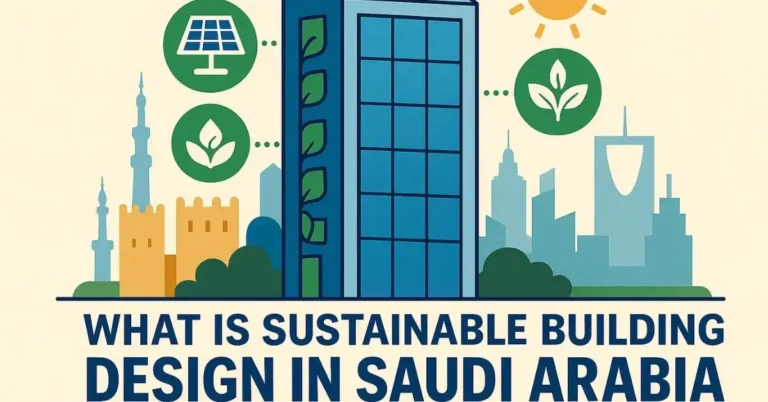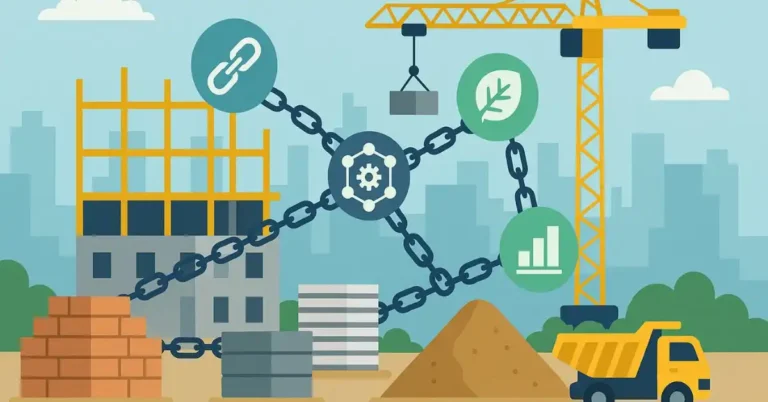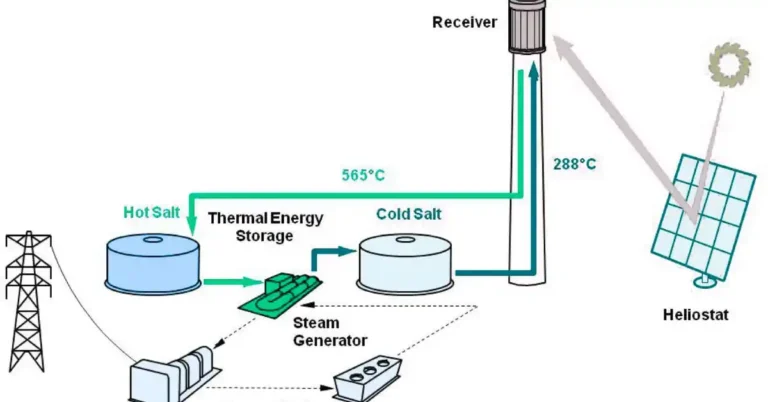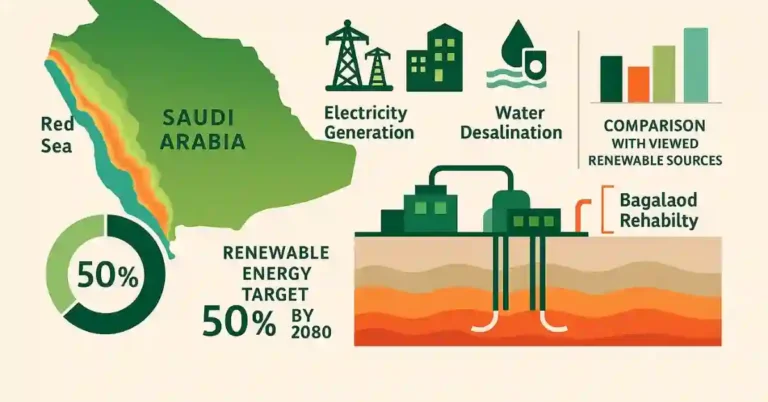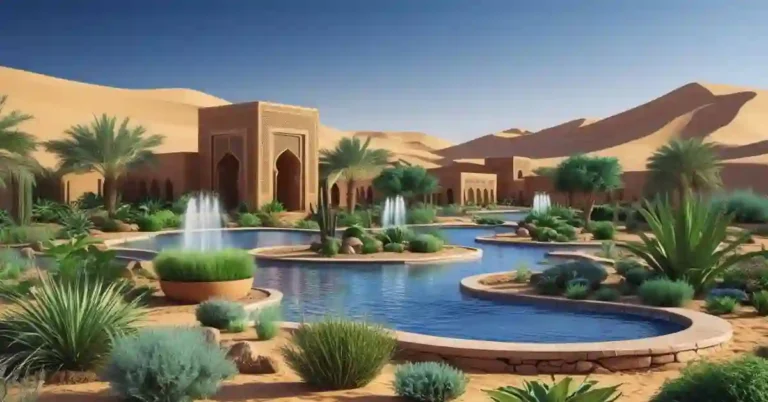BIM in Green Building Lifecycle Management
Building Information Modeling (BIM in Green Building Lifecycle Management ) has revolutionized the construction industry by providing a digital representation of the physical and functional characteristics of a building. In recent years, there has been a growing emphasis on sustainability in the construction sector, with a focus on reducing the environmental impact of buildings.
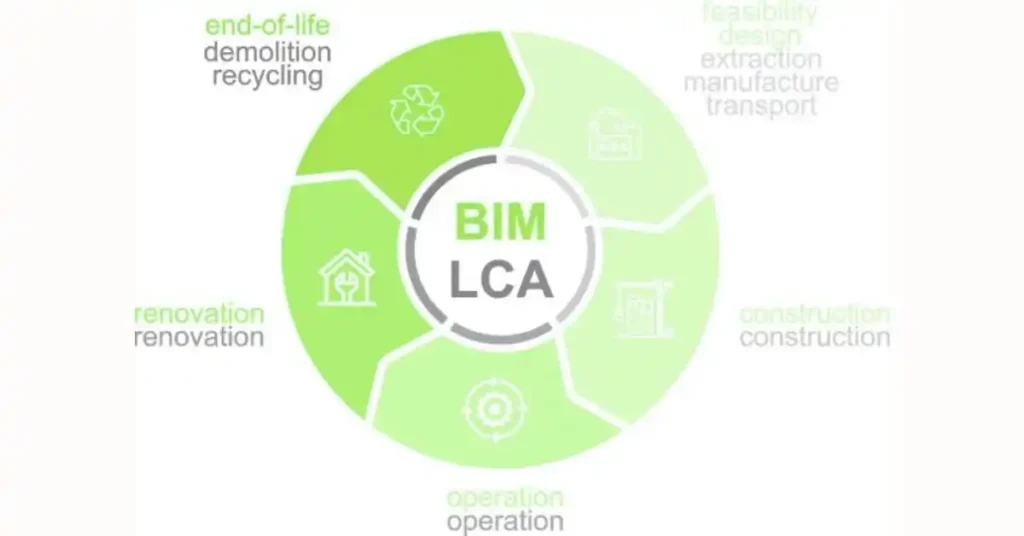
BIM has played a significant role in streamlining green building workflows and lifecycle management, making sustainable construction more achievable and efficient. This article will discuss the benefits of using BIM for sustainability, its impact on green building workflows, and how it can improve lifecycle management.
What is BIM in Green Building?
BIM is a process that integrates digital technology with construction to create a comprehensive 3D model of a building. It enables architects, engineers, and construction professionals to collaborate on a single platform and share information in a coordinated manner.
The digital model created using BIM includes detailed information about the design, materials, and specifications of a building, making it an essential tool for project planning, design, construction, and operation.
BIM for Sustainability
The construction industry is responsible for a significant portion of the world’s energy consumption and carbon emissions. In recent years, there has been a growing demand for sustainable and energy-efficient buildings to reduce the environmental impact of construction.
BIM plays a crucial role in this by providing a platform for integrating sustainability into the entire building lifecycle, from design and construction to operation and maintenance.
BIM models include detailed information about the materials, energy performance, and environmental impact of the building. This information can be used to analyze and optimize the building design for sustainability.
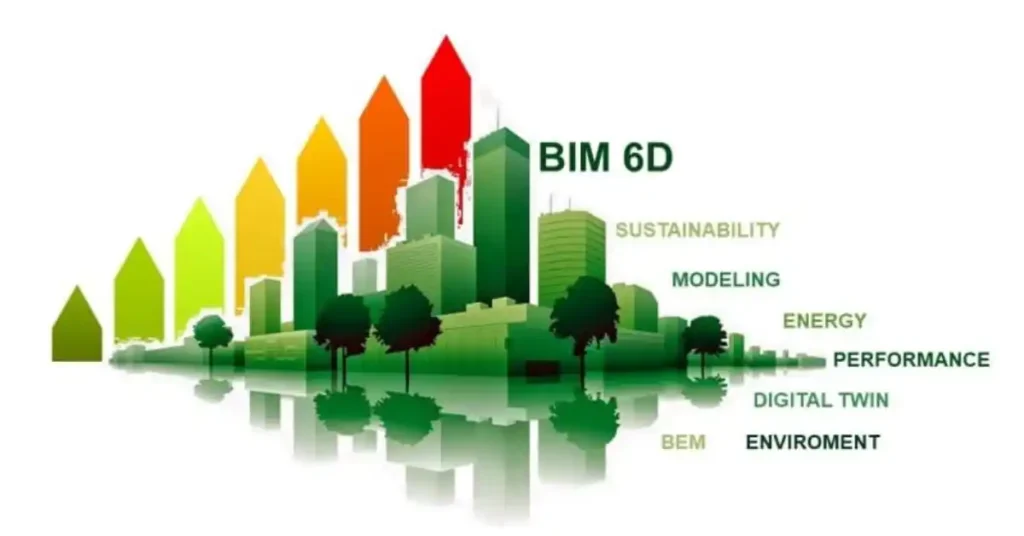
For example, architects can use BIM to model a building’s energy performance and make design decisions that reduce energy consumption and carbon emissions. BIM also allows for the identification of potential clashes or conflicts between different systems or components, enabling designers to develop more efficient and sustainable solutions.
BIM’s ability to simulate and visualize a building’s performance also helps to communicate sustainability goals and criteria to all stakeholders, ensuring everyone is working towards the same objectives. This leads to better decision-making and reduces the likelihood of mistakes or errors that could impact the building’s sustainability.
Furthermore, BIM can help to track and record sustainability-related data, making it easier to comply with green building certifications such as LEED and BREEAM. These certifications require a considerable amount of documentation, which can be streamlined and managed efficiently using BIM. This not only saves time and effort but also makes it easier for project teams to achieve and maintain these certifications.
BIM’s Impact on Green Building Workflows
Green building workflows involve various stages, from design and construction to operation and maintenance. BIM streamlines these workflows by providing a digital platform for collaboration and information sharing.
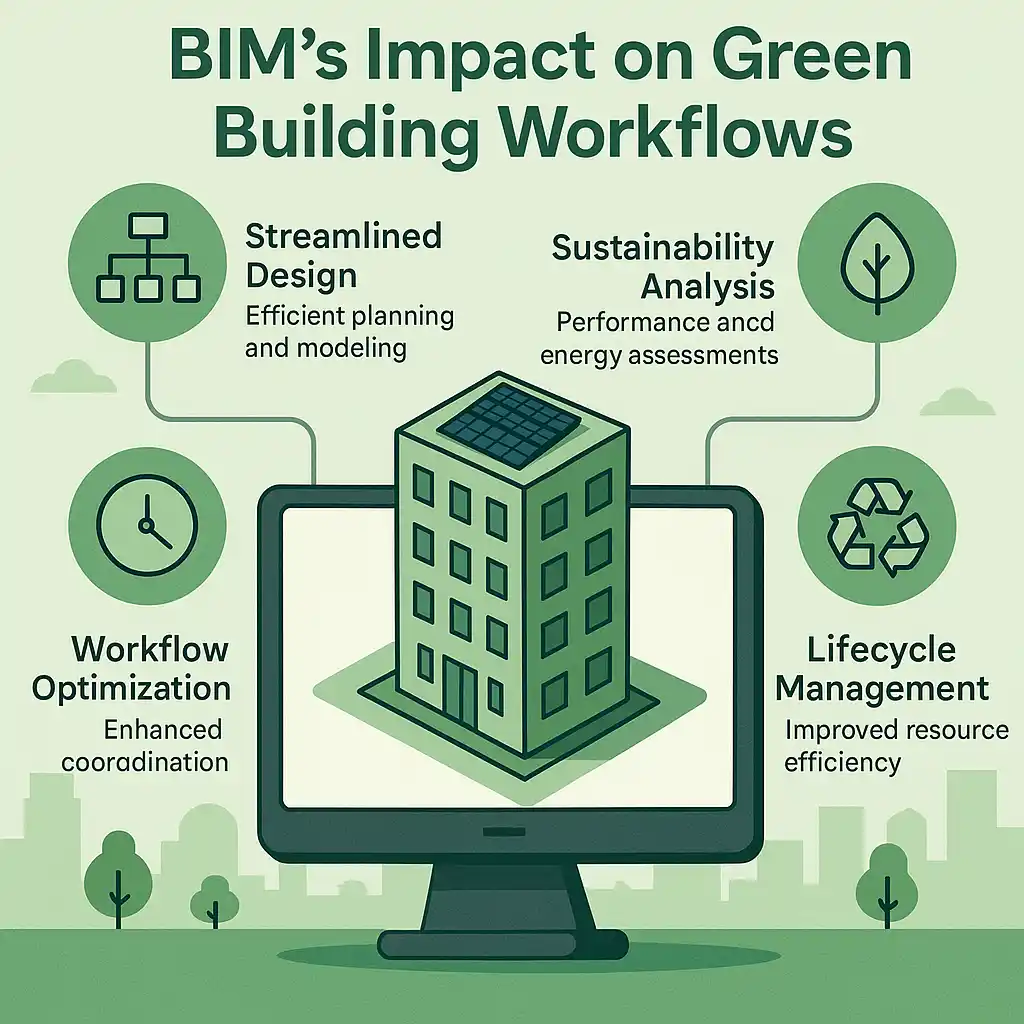
This eliminates the need for multiple iterations of drawings and specifications, reducing the likelihood of errors and miscommunication. During the design phase, BIM enables architects and engineers to work together and assess different options to optimize a building’s energy and environmental performance.
With BIM, designers can visualize the impact of their decisions in real-time, making it easier to make informed choices that promote sustainability. This leads to more efficient processes, producing high-quality designs while keeping sustainability goals at the forefront.
In the construction phase, BIM’s 3D models provide precise and accurate information for contractors, reducing material waste and ensuring sustainability specifications are met. By having a comprehensive digital model to reference, contractors can ensure that the building is constructed according to sustainable design standards and avoid costly mistakes that could impact the project’s environmental performance.
Once the building is complete, BIM continues to play a pivotal role in managing and maintaining its sustainability. Building owners and facility managers can use the BIM model to monitor and optimize the building’s energy consumption, water usage, and waste management. This data can be analyzed to identify areas for improvement, leading to a more sustainable operation and reduced lifecycle costs.
BIM for Lifecycle Management
BIM’s comprehensive and detailed model of a building can also improve lifecycle management. Unlike traditional methods of managing a building’s lifecycle, which involve multiple documents and drawings, BIM provides a single source of truth for all building data.
This makes it easier to access and manage information throughout a building’s lifecycle. During the design and construction phase, BIM ensures that all data is standardized and standardized, making it easier to update in the future. This saves time and effort, reducing the likelihood of errors or inconsistencies in information.
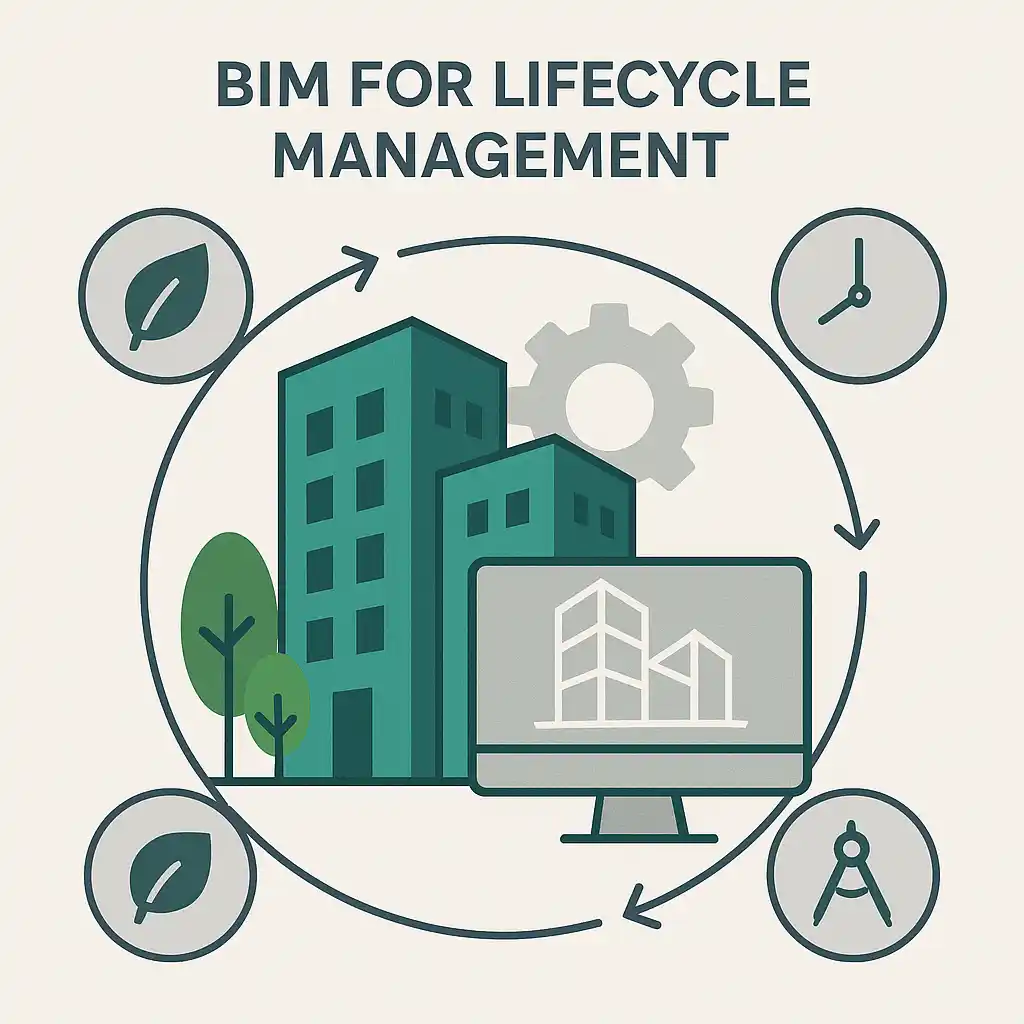
As a result, maintenance and renovation projects can be carried out with greater accuracy and efficiency. BIM also enables facilities managers to access all relevant building data in one place, from equipment operating manuals to warranty information. This not only makes their jobs more manageable but also helps to ensure that the building operates at peak performance.
Conclusion
BIM has become an essential tool for achieving sustainability in the construction sector. Its ability to integrate with digital technology and provide a comprehensive 3D model of a building has streamlined green building workflows and improved lifecycle management. As the demand for sustainable buildings grows, BIM will continue to play a significant role in making it more achievable and efficient. As technology advances, we can expect to see even more innovations in BIM for sustainability, further improving the construction industry’s environmental impact.
FAQs
1. How does BIM in Green Building Lifecycle Management improve sustainability in construction?
BIM in Green Building Lifecycle Management enhances collaboration and decision-making, ensuring more efficient and sustainable designs. It also provides a platform for managing sustainability data, aiding in green certification achievement.
2. What role does BIM in Green Building Lifecycle Management play in reducing environmental impact?
BIM in Green Building Lifecycle Management helps minimize material waste, energy consumption, and carbon emissions. Its tools enable optimized design for sustainability and environmental benefits throughout a building’s lifecycle.
3. Can BIM in Green Building Lifecycle Management be applied to retrofitting existing buildings?
Yes, BIM in Green Building Lifecycle Management can optimize the sustainability of existing buildings by analyzing energy use, identifying inefficiencies, and enabling improvements over time.
4. What are the challenges of implementing BIM in Green Building Lifecycle Management for smaller companies?
Initial costs and staff training are the primary challenges for smaller companies adopting BIM in Green Building Lifecycle Management. However, the long-term benefits of efficiency and sustainability make it a worthwhile investment.
5. How does BIM in Green Building Lifecycle Management assist with green building certifications?
BIM in Green Building Lifecycle Management streamlines documentation, tracking, and compliance with green building standards, improving the chances of obtaining and maintaining certifications such as LEED or MOSTADAM.
6. How does BIM in Green Building Lifecycle Management support collaboration across project teams?
BIM in Green Building Lifecycle Management facilitates real-time data sharing among stakeholders, enhancing collaboration and decision-making across the project lifecycle, improving sustainability outcomes.
7. How does BIM in Green Building Lifecycle Management help reduce waste in construction?
BIM in Green Building Lifecycle Management enables precise planning and modeling, reducing waste by optimizing the use of materials and streamlining construction processes.
8. How does BIM in Green Building Lifecycle Management improve energy efficiency in buildings?
BIM in Green Building Lifecycle Management allows for energy simulations and analysis, helping to design buildings with reduced energy consumption and improved long-term efficiency.
9. What are the lifecycle management benefits of BIM in Green Building projects?
BIM in Green Building Lifecycle Management provides a comprehensive digital record of a building’s performance, allowing for better maintenance, operations, and renovations to ensure continued sustainability throughout its lifecycle.
10. Is BIM in Green Building Lifecycle Management cost-effective for long-term sustainability goals?
While the initial investment in BIM in Green Building Lifecycle Management can be high, the long-term energy savings, waste reduction, and sustainability benefits make it a cost-effective solution for achieving green building goals.

